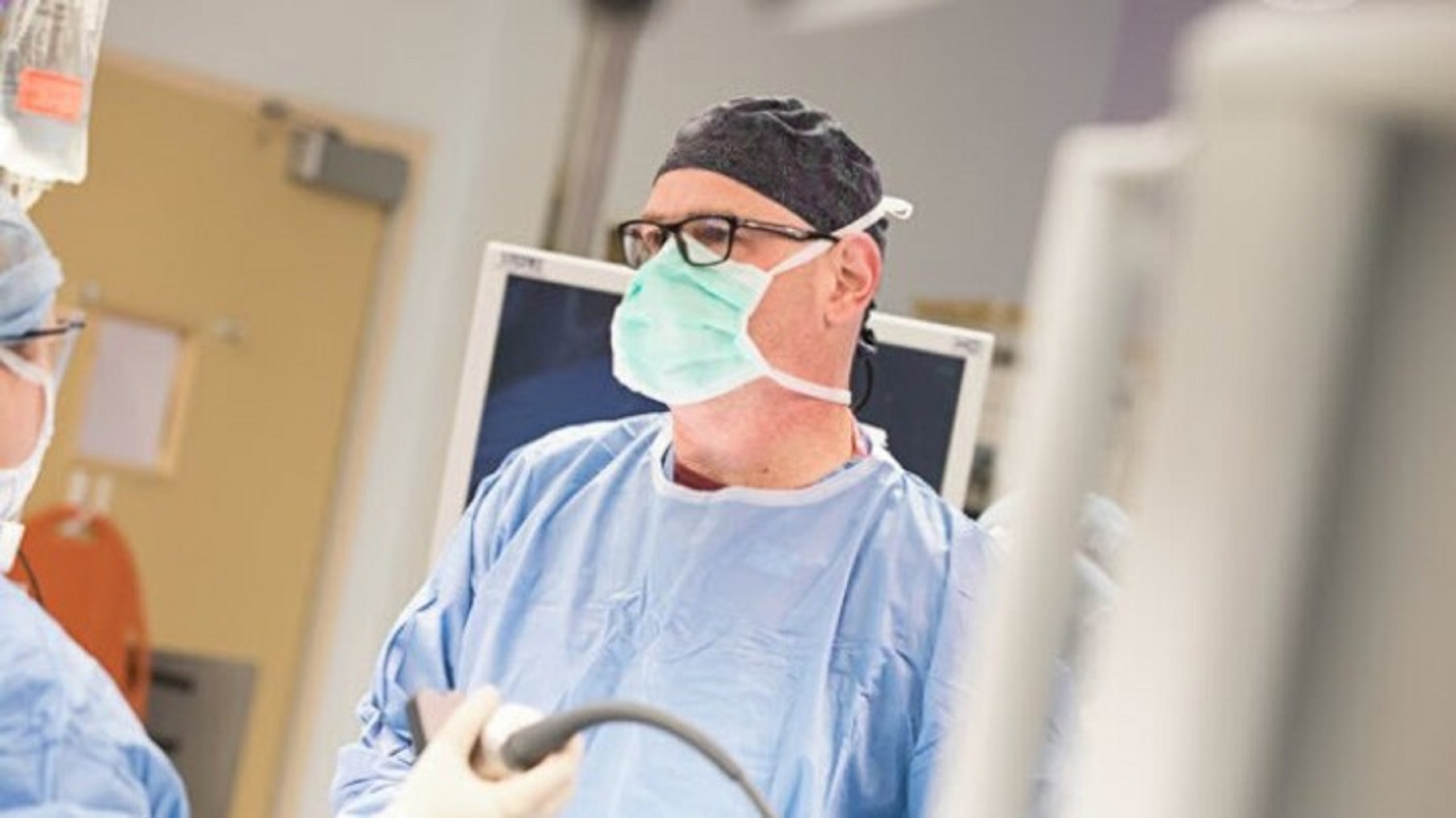What You Must Know About the 4 Cs of Food Poisoning

Food poisoning, which is often characterized by severe stomach cramps, vomiting, and diarrhea, can turn a delightful meal into a torment. Often, the cause of this discomfort is failure to comply with the basic principles of food safety: the four Cs. These four pillars are the foundation for avoiding foodborne illnesses, including salmonellosis and listeriosis. Understanding the four Cs of food poisoning and their application in daily food-handling practices can drastically reduce your chances of ingesting harmful viruses and bacteria.
Cleaning
The first C stands for “cleaning,” an essential step in preventing food poisoning. Cleaning encompasses more than just washing fruits and vegetables. It also means keeping your kitchen surfaces and utensils clean and washing your hands before handling food.
Regular handwashing can reduce the risk of transferring bacteria from unclean surfaces to food. Use hot, soapy water to clean cooking utensils and surfaces, and consider using a bleach-based cleaner for deeper sanitizing.
Cooking
The second C, cooking, is equally important. Cooking food at the correct temperature kills harmful bacteria that can make you sick. Doing so is also particularly crucial to preventing salmonella poisoning when you’re preparing meat, poultry, and eggs. A meat thermometer can ensure your food has reached the necessary internal temperature. You should cook chicken to an internal temperature of at least 165 degrees Fahrenheit to kill potential pathogens.
Chilling
The third C, chilling, is crucial in preventing food poisoning because it stops the spread of harmful bacteria all over your food. Refrigerating food promptly instead of leaving it exposed to room temperature will reduce the risk of foodborne illnesses. Always store perishable foods such as meat, dairy, and cut fruits and vegetables in the refrigerator within two hours of purchasing or cooking them. If the temperature outside is above 90 degrees Fahrenheit, you should do this within one hour.
Cross Contamination
The last C, cross contamination, refers to the transfer of bacteria from one food item to another. This can happen when you use the same cutting board for meats and vegetables without cleaning it properly or when you store raw meat above ready-to-eat food in the refrigerator. Always separate raw meat, poultry, and seafood from other foods in your grocery cart, bags, and fridge. Adhering to these best practices will help you maintain safety and prevent dangerous illnesses.
Remember, practicing the four Cs—cleaning, cooking, chilling, and cross contamination prevention—is your best defense against food poisoning. Stay vigilant, and you can keep your meals safe and delicious.





